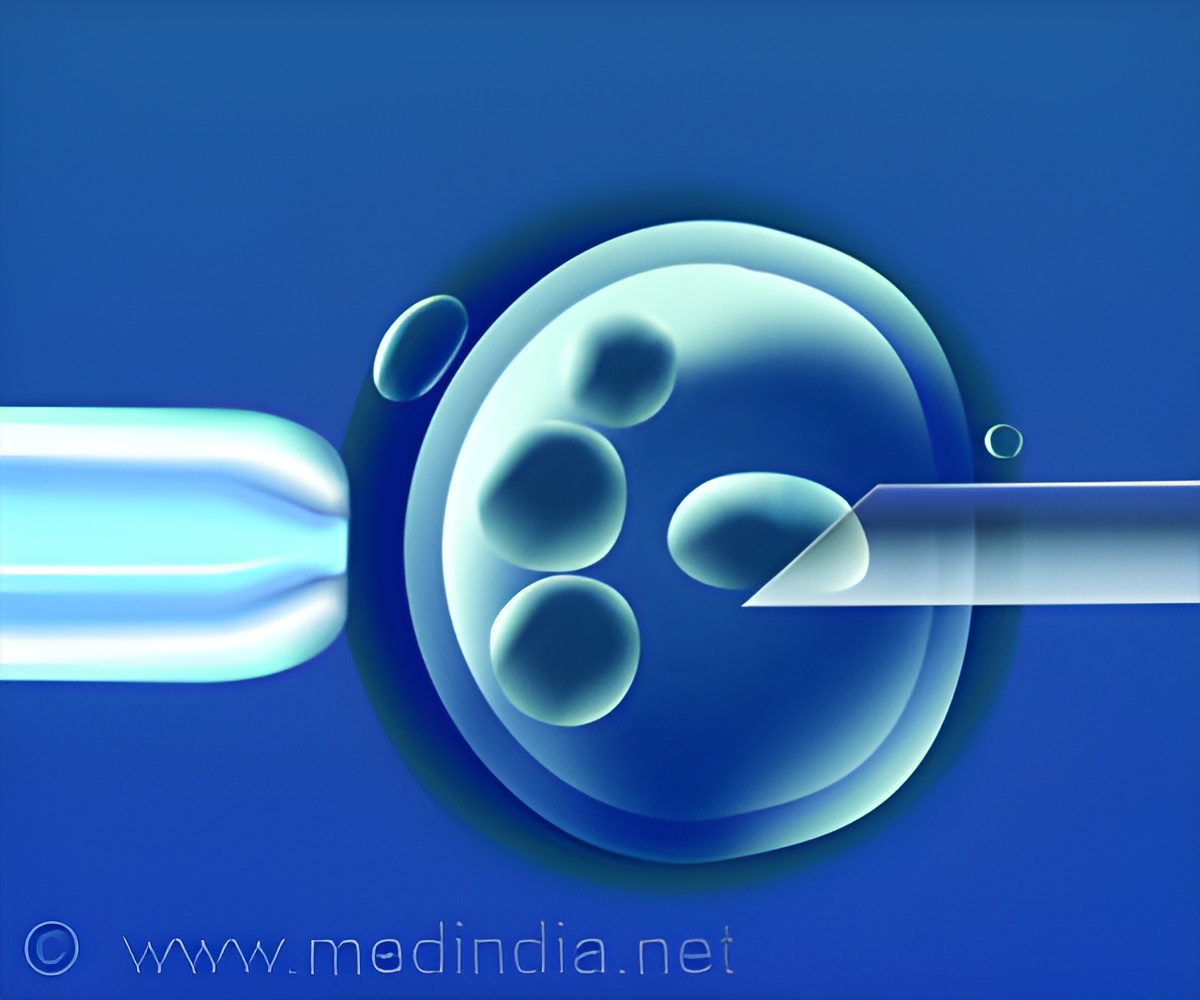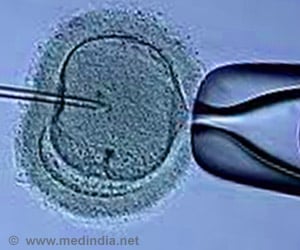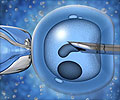Zinc leaching from commonly used glassware can hinder fertilized egg development, revealing a hidden factor behind lower IVF success rates.

Zinc eluted from glassware is a risk factor for embryo development in human and animal assisted reproduction
Go to source). Researchers, including those from Kindai University and other institutions, analyzed the impact on mouse, cow, and human embryos, and proposed a method to counter the effects, suggesting a previously unknown cause of reduced in vitro fertilization success rates.
The results of this research suggest that the previously unknown cause of reduced IVF outcomes might be linked to the toxicity of glassware. The team discovered that certain glassware used in in vitro fertilization (IVF) procedures can inhibit the development of fertilized eggs. Upon further analysis, they identified zinc—eluted from the glassware—as the toxic substance responsible for this interference. These findings pave the way for developing safer and more effective IVF methods by addressing and mitigating the impact of zinc toxicity in laboratory equipment.
‘Did You Know?
Zinc leaching from lab glassware used in IVF can delay embryo development, cause chromosomal errors, and even affect birth weight—raising it by an average of 18%; tiny traces of metal might be a big reason behind failed fertility treatments. #medindia #ivf #reproductivehealth #embryodevelopment’





Zinc leaching from lab glassware used in IVF can delay embryo development, cause chromosomal errors, and even affect birth weight—raising it by an average of 18%; tiny traces of metal might be a big reason behind failed fertility treatments. #medindia #ivf #reproductivehealth #embryodevelopment’
Advertisement
Glassware Usage in Reproductive Technology
In the field of assisted reproductive technology (ART), livestock farming, academic basic research, in vitro fertilization (IVF) is performed in which eggs and sperm are removed from the body, fertilized and developed in culture medium, and then the fertilized eggs are transferred to the uterus. In the nearly 50 years since the first IVF baby was born in 1978, many technological developments have been made in fertilization methods, culture media, and other areas to improve the development rate of fertilized eggs and pregnancy rates. As a result of these technological developments, the birth rate in ART has risen significantly from around 5% in 1980 to around 30% today.In order to further increase the birth rate, it is necessary to improve the environment in which embryos are cultured. Many glass instruments are used in IVF operations. For example, glass-bottom dishes, which have a thin glass bottom that allows high-resolution observation of the embryos, are used as culture dishes. Filters containing glass fibers are used to remove impurities and bacteria from the culture medium, and thin glass pipettes are also used to manipulate the embryos. In addition to these, micropipettes used in intracytoplasmic sperm injection (ICSI) procedures and some containers for culture medium are also made of glass.
Advertisement
Suspicion Raised by Unexpected Embryo Decline
In previous research, the team developed a live-cell imaging technique to continuously observe the developmental process of embryos over a long period of time. This technique makes it possible to use large amounts of image data to numerically detect subtle differences in embryo development. During the course of the experiments, the team noticed that in some cases, the embryo development rate unexpectedly declines, even though multiple experimental conditions were kept consistent. After investigating the reason for this, the team found that the declines were caused by the glass-bottom dishes used for culture, and began their research based on the hypothesis that laboratory equipment, especially glassware, might contain some kind of toxicity that inhibits embryo development.Zinc’s Biological Impact on Fertilized Eggs
Zinc induced delayed development in mouse embryos, abnormal chromosome segregation, abnormal cytokinesis, and abnormal zygotic gene activation, and significantly reduced the formation of blastocysts.Post-implantation, zinc-exposed embryos were associated with similar birth rates to embryos cultured without zinc, however, the birth weight increased by an average of 18%. Furthermore, zinc exposure affected the development of bovine and human embryos, with species-based variation in the strength of these effects.
As a result of investigating ways to reduce the embryotoxic effects of zinc, the research team found: The embryo development rate and birth rate do not decrease in culture medium that had come into contact with glass, by adding chelating agent EDTA (ethylenediaminetetraacetic acid) to the culture medium at the appropriate time and concentration, or by thoroughly cleaning the glassware beforehand.
This research highlights the importance of careful management of the equipment used in embryo culture, and also is expected to lead to the development of safer and more effective in vitro fertilization methods.
Reference:
- Zinc eluted from glassware is a risk factor for embryo development in human and animal assisted reproduction - (https://academic.oup.com/biolreprod/advance-article/doi/10.1093/biolre/ioaf050/8102274)
Source-Eurekalert















